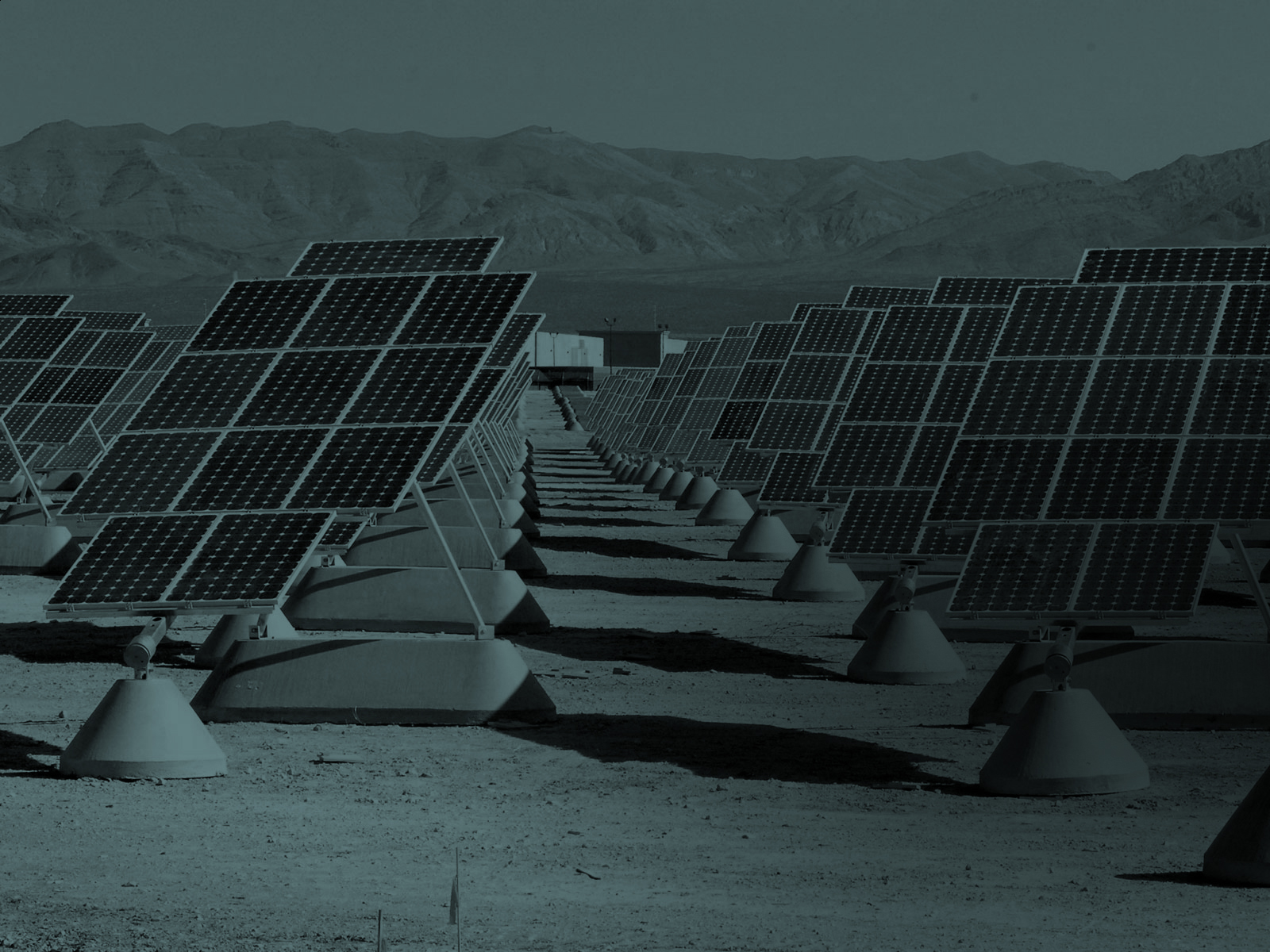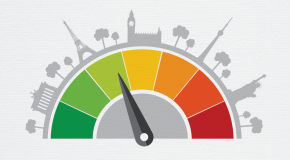It is easy to be distracted by negative news headlines about solar energy these days: solar companies going bankrupt, photovoltaic (PV) supply much higher than demand and solar panels causing a new trade war. Still, much of the news agenda misses the wider point: the vast potential of solar power is already changing the energy outlook of many countries around the world and promises to be the global energy success story of the next decade.
The solar PV sector is already a huge success. From a small industry primarily centred in Germany, it has managed to become a global $100-billion industry with installed capacity exceeding 65 gigawatts (GW) in 2011, up from 5.4 GW in 2005 – a 1200% increase in six years. In Europe, despite heavy cuts in feed-in tariffs in a number of countries, deployment in 2011 increased by 54% over the previous year, to 28.7 GW. This is ten times the build level of 2007. With current growth rates solar energy could be providing 10% of global power generation by the end of the decade.
There is no doubt that government subsidies have played a significant role in the expansion of PVs. But as subsidies dry up around the world it is the dramatic fall in PV prices and installation costs and the medium-term cost certainty solar provides that are driving growth.
A recent McKinsey report found that by the end of the decade, PV costs could decline to $1 per watt peak (Wp) for a fully installed residential system by 2020. Even if costs fall to $2 per Wp, the industry is still likely to install an additional 400 to 600 GW of PV capacity between now and 2020.
According to Bloomberg New Energy Finance (BNEF), the levelized cost of electricity (the cost distributed over a project’s lifetime - LCOE) for conventional silicon PV declined from an average of $0.32/kWh in early 2009 to $0.17/kWh in early 2012, while thin-film PV dropped from $0.23/kWh to $0.16/kWh over the same period. As for the first quarter of 2012, BNEF pegs the levelized cost range at $0.11/kWh to $0.25/kWh.
This means that PVs are now rapidly becoming competitive with fossil fuels. Countries with higher electricity prices, such as Germany, Denmark, Italy, Spain and parts of Australia have already reached grid parity. Countries like Japan, France, Brazil or Turkey are expected to reach it by 2015. The Middle East and North Africa region is close to grid parity. In the United States, solar PV technology is expected to reach grid parity for some projects in 2014, while China could achieve it in most of its regions by 2015-2016.
The dramatic fall of PV prices and installation costs and their increased competitiveness with fossil fuels will bring a step change in energy supply. In developed economies PVs have the potential to disrupt the regulated utility industry. In developing economies PVs could bring electricity to remote rural areas and improve the standard of living of millions. In an increasing number of countries, from Saudi Arabia to India and Japan, solar energy is now a vital part of future energy strategy and can drive a clean energy revolution forward.
The onus is now on decision-makers. Policy decisions should not be based on news headlines or influenced by incumbents’ resistance to change but on accurate, up-to-date information and data on solar energy’s costs and competitiveness. More importantly, decision-makers should set a clear low-carbon energy strategy with decarbonisation targets at its heart and backed up by policy instruments. This will scale up the solar and other renewable industries, further lowering costs and making them even more competitive.
This post is part of a series for the Global Energy Conversation, supported by Shell. For more information, visit the Global Energy Conversation website
The views and opinions expressed in this article are those of the authors and do not necessarily reflect the views of The Economist Intelligence Unit Limited (EIU) or any other member of The Economist Group. The Economist Group (including the EIU) cannot accept any responsibility or liability for reliance by any person on this article or any of the information, opinions or conclusions set out in the article.





